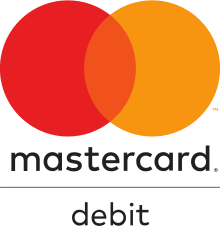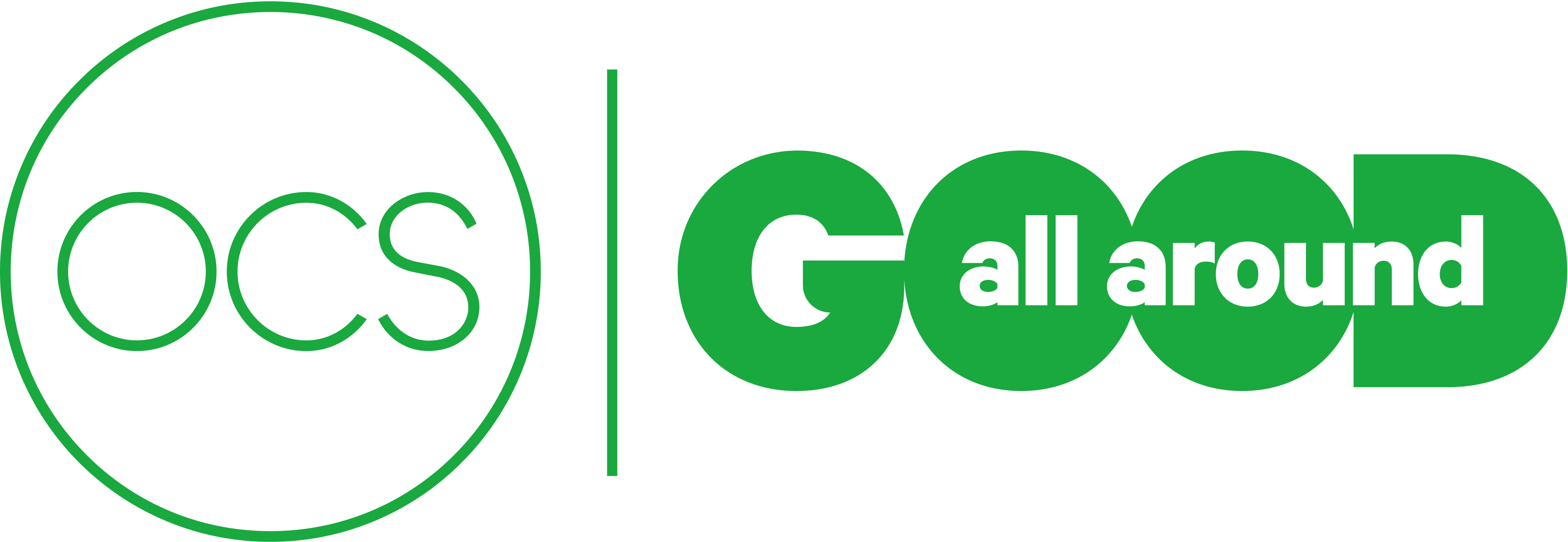Cannabis Basics
What Is THC?
Tetrahydrocannabinol, or THC, is the compound in cannabis that’s primarily responsible for its intoxicating, psychoactive effects. Discover how THC works, potential effects, tips for selecting products and more.
Last updated June 11, 2025 | Published on March 14, 2022
Descriptive Video: What Is the Difference Between THC and CBD?
Roughly 100 naturally occurring chemical compounds — called cannabinoids — are found in the cannabis plant. Of those, THC (scientific name: delta-9-tetrahydrocannabinol) is the one mainly responsible for the psychoactive and intoxicating effects of cannabis consumption. Keep reading to learn about how THC works in the body, its potential effects (both positive and negative), how to choose products based on potency and how THC compares to CBD.
How THC works
As a cannabinoid, THC works by interacting with the body’s endocannabinoid system (ECS). Studies suggest this system plays a role in regulating your recovery from stress, protecting your nervous system, activating your immune system response and regulating your overall state of optimal health, function and stability (called homeostatic balance).
The ECS is basically made up of two components:
- Endocannabinoids — cannabinoids your body produces naturally
- Cannabinoid receptors — present in nearly every part of your central nervous system and brain, and many other areas of the body, including your immune system
Your natural endocannabinoids fit into the cannabinoid receptors like a key in a lock and help carry messages from cell to cell. As a cannabinoid, THC works the same way: It temporarily replaces your own endocannabinoids and binds to the receptors, but with different effects.
Learn more about the endocannabinoid system.
Potential effects of THC
Some of the potential short-term effects of consuming cannabis include:
- heightened feelings of relaxation, calm and euphoria
- sleepiness and fatigue
- time distortion and changes in perception
- impaired ability to remember, concentrate and pay attention
- anxiety and panic
- paranoia, delusions and dissociation
- increased appetite
- reduced reaction time and loss of coordination
- chest pain and fast, slow or pounding heartbeat
- seizures
Consuming cannabis products containing THC can produce a variety of short- and long-term effects on the mind and body. There’s always the possibility that you’ll experience unpleasant or undesired effects, especially if you’ve consumed too much.
There have been no documented cases of death as the result of cannabis overconsumption — also known as cannabis poisoning or “greening out.” But if you think you’ve overconsumed, seek immediate medical attention, especially if you’re experiencing chest pain, panic attacks, loss of contact with reality or seizures.
For some individuals, regular cannabis use also presents the risk of long-term effects and conditions, such as an impaired ability to remember, concentrate and pay attention, cannabis use disorder, psychosis and/or schizophrenia.
For more on cannabis consumption, including the health effects, visit our evidence-backed information hub, Cannabis Made Clear.
Personal factors and THC
The effects of THC will be different for everyone, depending on the THC potency potential of the cannabis product, method of consumption and amount consumed. Other personal factors that may affect your experience include your:
- age, sex and weight
- health history and existing mental health conditions
- genetic makeup
- previous experience with cannabis and frequency of use
- personality and current mood
- metabolism and how much food you’ve consumed recently
These personal factors, as well as how much and the way you consume it, also affect how long THC will remain active in your body. While the effects can take up to 24 hours to fully disappear, THC can be detected in your bloodstream for seven days or more.
Understanding THC concentration
Concentration, or potency, refers to the amount of THC in a cannabis product. Cannabis in its fresh form contains tetrahydrocannabinolic acid (THCA), the non-active version of THC. When cannabis is decarboxylated — through heating to a high temperature, drying or curing — the acid molecule (the “A” in THCA) drops off, and the THC is activated.
You’ll find the THC content on the packaging of any cannabis product sold on OCS.ca and at Authorized Cannabis Stores. It’s listed in at least two ways:
- “THC,” referring to the amount the product has when purchased
- “Total THC,” which is the content it has when it’s heated
The THC content is expressed in milligrams, either per package, gram or unit, depending on the product.
Learn more about how to understand THC content on product labels.
Types of THC products
All types of cannabis products can contain THC in varying potencies. How you choose to consume cannabis may also influence your experience, particularly the timing of the onset and the duration of the effects.
The following chart lists just some of the THC products available for legal sale, along with the ways they can be consumed and their potency potential.
Product |
Consumption Method |
Potency Potential |
|---|---|---|
|
Dried Flower The part of the cannabis plant that’s dried and sold as loose buds or pre-rolls |
Inhalation, typically as a pre-roll or rolled joint, or by using a bong or dried flower vaporizer | From little to minimal (0 to 1.99% THC) to very strong (>20% THC) |
|
Edibles Food or drink infused with cannabis, such as soft chews, chocolates and sodas |
Ingestion (eating or drinking) | Up to 10 mg THC per immediate container; up to 30 g of dried cannabis or its equivalent per package |
|
Concentrates Solid or liquid products — including kief and sift, hash, shatter, wax, resin, rosin and distillate — produced by processing cannabis flower into a concentrated form |
Inhalation, through a vaporizer, vape pen, pipe, dab rig or other device | Up to 1,000 mg THC per package |
|
Extracts Concentrated cannabis made into a product that’s dissolved in the mouth, such as lozenges, sublingual strips, oils and capsules |
Oral absorbtion (dissolved into the membranes of the mouth) | Up to 1,000 mg THC per package |
|
Topicals Cannabis-infused products that are topically applied, such as creams and lotions |
Topical application (absorbed through skin, hair or nails) | Up to 1,000 mg THC per package, but rarely produces psychoactive effects |
Choosing cannabis products based on THC potency
When buying THC products, keep the following points about potency in mind.
- Consuming small amounts of THC can produce pleasant and non-harmful effects, but consuming large amounts may produce unpleasant and potentially harmful effects.
- The same product can vary in potency from batch to batch. Check labels carefully to be sure of the actual THC content in the product you selected.
- Choose cannabis products with low THC concentration and/or at least a 1:1 ratio of THC to CBD.
- Start low and go slow, leaving enough time that you can feel the effects of cannabis before taking more.
Check out Tips for Responsible Use for other ways to manage your experience.
THC vs. CBD: What’s the difference?
While THC and CBD (scientific name: cannabidiol) both affect the body and mind when consumed, there are differences in how they act. Here’s how:
- THC typically produces intoxicating effects, which CBD does not.
- Instead of replacing the body’s natural endocannabinoids, as THC does, CBD increases or improves the production of our own endocannabinoids.
- Some studies show that in combination with THC, CBD appears to reduce some of the psychoactive effects of THC when the two are present in at least equal amounts (or there is more CBD than THC).
Understanding the differences between THC and CBD can help you choose the right cannabis products for you.







